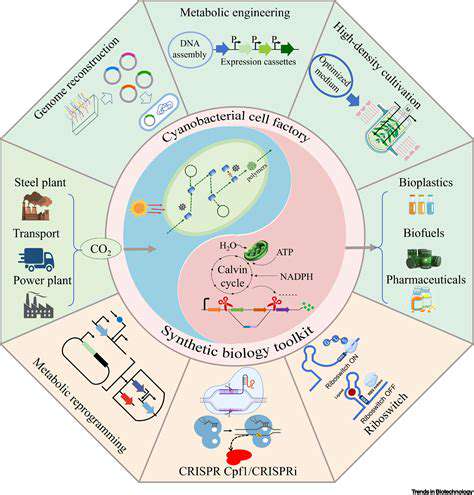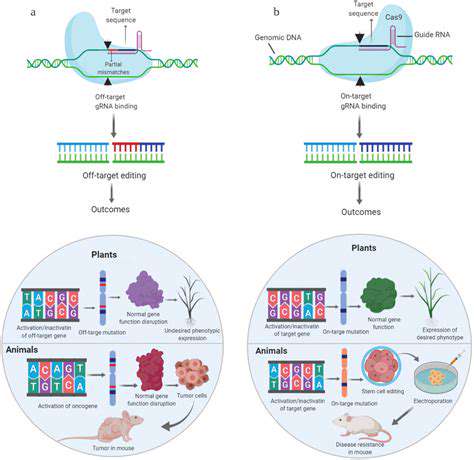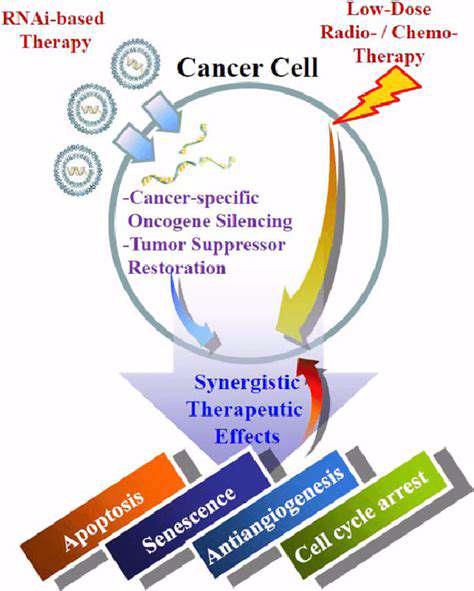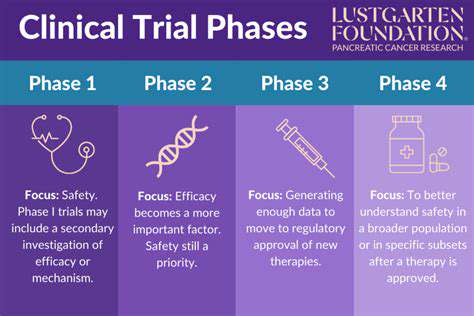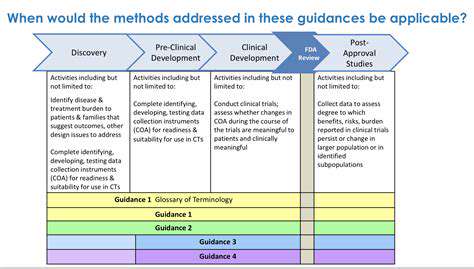Mechanism of CRISPRi: Silencing Gene Expression
Mechanism of CRISPRi: A Repression Strategy
CRISPRi, or CRISPR interference, is a powerful gene silencing technique that leverages the CRISPR-Cas system. Unlike CRISPRa, which activates gene expression, CRISPRi employs a catalytically inactive Cas protein (dCas protein) fused to a transcriptional repressor domain. This fusion protein effectively blocks the transcription machinery's access to the target DNA sequence, preventing the production of messenger RNA (mRNA) and consequently, the expression of the target gene.
The key to CRISPRi's mechanism lies in the specific targeting of the dCas protein. Guide RNA (gRNA) molecules, designed to complement the target DNA sequence, direct the dCas protein to the precise location within the genome. Once bound, the repressor domain of the dCas protein interacts with the transcriptional machinery, hindering its ability to initiate transcription. This interaction leads to a significant reduction or complete silencing of the target gene's expression.
Targeting Specificity and Efficiency
Achieving high specificity and efficiency is crucial for any gene editing technique. CRISPRi, like CRISPR-Cas9, relies on the gRNA to target the appropriate DNA sequence. However, the dCas protein's lack of nuclease activity minimizes the risk of unintended DNA breaks, which is a critical safety consideration. Careful design of the gRNA sequence and optimization of the target site are essential for maximizing specificity and minimizing off-target effects.
Various studies have demonstrated CRISPRi's ability to achieve high levels of gene silencing in a variety of cellular contexts. The degree of silencing can vary depending on factors such as the target gene's expression level, the specific dCas protein-repressor fusion used, and the cellular environment. Careful experimental design and validation are necessary to ensure reliable results.
Regulation and Control of Silencing
Precise control over the level of gene silencing is a critical aspect of CRISPRi applications. The strength of the repressor domain and the concentration of the dCas protein-gRNA complex play a significant role in modulating the extent of gene silencing. Utilizing different repressor domains or varying the gRNA concentration can allow for fine-tuned regulation of gene expression. This ability to control the degree of silencing is valuable in biological studies and potential therapeutic applications.
Moreover, the modular nature of CRISPRi allows for the integration of additional regulatory elements. These elements could be used to activate or deactivate silencing depending on specific conditions, creating a more sophisticated system for controlling gene expression. This feature further enhances the versatility of CRISPRi as a research tool and therapeutic strategy.
Applications and Future Directions
CRISPRi has demonstrated broad applications in diverse biological research areas, ranging from understanding gene function in development to studying disease mechanisms. Its ability to selectively silence gene expression provides a valuable tool to examine gene function without the need for permanent genetic modifications, making it a robust approach in various biological studies. Future research may focus on enhancing the specificity and efficiency of CRISPRi, developing more sophisticated control mechanisms, and exploring its potential therapeutic applications in treating genetic disorders and other diseases.
The potential for CRISPRi extends beyond basic research. Its ability to modulate gene expression could be harnessed for developing novel therapeutic strategies aimed at silencing disease-causing genes. Further investigation into the long-term effects and safety profiles of CRISPRi applications will be crucial for realizing its full potential in the medical field.
Applications of CRISPRa and CRISPRi in Biological Research
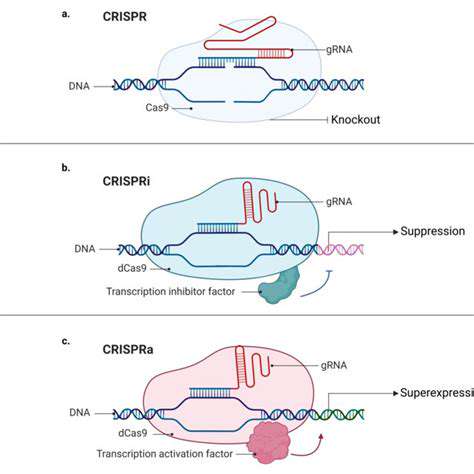
CRISPRa for Gene Activation
CRISPRa, or CRISPR activation, is a powerful tool for enhancing the expression of specific genes. This technology utilizes engineered CRISPR systems to stimulate gene activity, offering a novel approach to understanding gene regulation and potentially developing new therapies for various diseases. It's a significant advance in genetic engineering, allowing researchers to precisely control gene expression levels. By activating genes that are normally silent or expressed at low levels, researchers can study their function and role in cellular processes. This can provide valuable insights into the mechanisms underlying various biological processes and disease development.
CRISPRa technology involves the fusion of a transcriptional activator domain to the CRISPR-Cas9 protein. This fusion protein can then target specific DNA sequences to induce the expression of the associated gene. The precise control offered by CRISPRa is crucial for understanding complex biological processes, as it allows for targeted manipulation of gene activity without disrupting the entire genetic landscape. This approach is particularly valuable for studying gene interactions and pathways in intricate biological systems.
CRISPR for Gene Editing
CRISPR-Cas9, the most widely used CRISPR system, is a revolutionary gene-editing tool. It allows researchers to precisely target and modify DNA sequences within a genome, offering unparalleled control over genetic material. This capability has profound implications for diverse fields, including basic research, disease modeling, and gene therapy.
The ability to precisely cut and repair DNA using CRISPR-Cas9 has opened doors to correcting genetic defects responsible for various diseases. This potential for targeted gene editing holds immense promise for developing new treatments for a wide range of conditions, from inherited disorders to cancers. The precision and efficiency of CRISPR-Cas9 make it a game-changer in the field of gene therapy, enabling researchers to develop more effective and targeted treatments.
CRISPR-Cas Systems Beyond Cas9
Beyond Cas9, a diverse array of CRISPR-Cas systems are emerging, each with unique characteristics and applications. These systems offer a wider range of functionalities, enabling researchers to precisely target and manipulate DNA with greater specificity and versatility. The discovery of new CRISPR-Cas systems has expanded the scope of genetic engineering, providing researchers with more tools to investigate complex biological processes.
These new systems, with their varied functionalities, are expanding the horizons of CRISPR technology. The exploration of CRISPR-Cas systems beyond Cas9 is crucial for developing more sophisticated and effective gene editing strategies. This exploration has the potential to uncover novel applications in various fields, including diagnostics, biomanufacturing, and disease therapies. This expansion also offers the potential to overcome some limitations of Cas9, such as off-target effects.
Therapeutic Applications of CRISPR
The therapeutic potential of CRISPR technologies is rapidly expanding. Researchers are actively investigating the use of CRISPR for treating a wide range of diseases, including genetic disorders, cancers, and viral infections. The precision and efficiency of CRISPR systems make them promising candidates for developing new therapies.
CRISPR-based therapies offer the possibility of curing diseases at their genetic roots, potentially revolutionizing healthcare. The development of novel delivery systems and strategies to target specific cells is crucial for the successful translation of CRISPR technologies into clinical practice. Further research and clinical trials are essential to fully realize the therapeutic potential of CRISPR.
